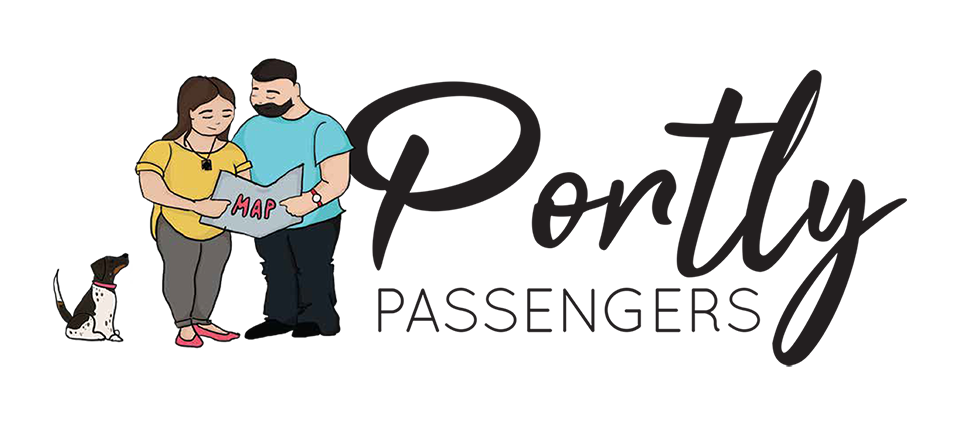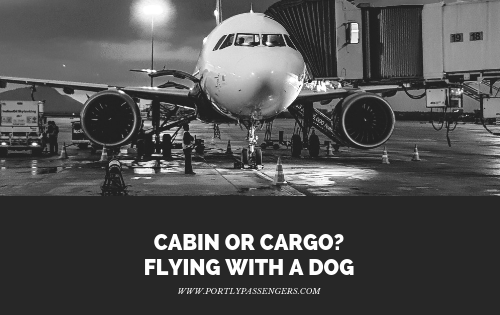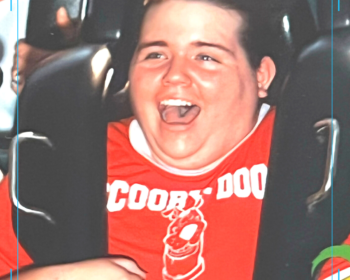Packing for Long-Haul Flights for Plus-Size Travelers
We may earn money or products from the companies mentioned in this post.
Flying plus-size comes with many physical and mental struggles. Beyond the seat-sizes and seat-belt extender needs, there are a bunch of other things that we have to take into consideration. When it comes to preparing for our flights, one of the big questions I see a lot of us asking is “what to pack when taking a long flight?”.
Here are some of our tips we have gathered over the years, whether you are flying economy or sitting up in first class.
Before You Fly
- Choose an airline that is Plus-size friendly
Preparing for your flight or even purchasing your seat can be nerve-wracking. This is why we have gathered information about plus-size policies for many of the major airlines. The information provided on the airline’s website and even though customer service allows you to find an airline that you are comfortable with.
- Talk with your doctor about any concerns
Flying requires a lot of sitting. This can cause blood clots in certain individuals which can be deadly. Speaking with your doctor about how to prevent things like blood clots will help ease the worry to ensure you have a great trip.
What to Pack in Your Carryon
Carryon luggage can mean a lot of different things. Whether you pack a whole small suitcase or a backpack can really change the game for you.
In this blog, we are going to be talking more on the lines of our personal items such as a backpack or tote bag that you can use on all flights.
Packing for your flight is by far the next most important thing you need to do for your trip. Carryon luggage provides you with a safety net when it comes to traveling. This is because not every destination is plus-size friendly or has resources to help you replace any missing or damaged items if your luggage gets lost.
Things to consider packing extra:
- 1-2 days of clothing
- Bathing suit (if needed)
- Comfortable pair of shoes.
Remember, your carry-on has to fit within the airline’s requirements, so pay attention to your bag size.
Once you have these emergency backups planned, it’s time to pack for the flight.
If you are like us, you either fall asleep before the doors are closed (this is Melissa) or need constant entertainment (this is Peter) even if you fall asleep.
While Melissa has had a few long-haul flights where she stays up the whole flight (Redeye from California to Pennsylvania for instance) she normally falls asleep right away, even on hour-long flights.
If this sounds familiar then you might be curious what she does to ensure she has a safe and comfortable flight.
Packing List:
- Medications
- Chargers
- Electronics
- Lotion
- Lip balm
- Pillow
- Hoodie or jacket
- Headphones
- Playlist or audiobook picked out
- Snacks in easy to reach compartment
- Sleep mask
- Cpap
Staying Comfortable
Sneakers provide support when it comes to the swelling in your feet, but if you are worried about additional swelling that is known to happen on these flights, consider compression stockings. These also help with the cold sensation that can occur through the floor when up in the air.
Because it is rare for flights to be warm, it is easier to remove layers than to put them on so we always have at least a hoodie with us. The best part is if Melissa forgets her pillow she can easily roll the hoodie up and use that for some comfort.
Lastly, always make sure you wear pants that are comfortable. If you have ever had to sit in itchy or tight pants for any length of time, double that on a flight where there is minimal room to move and shift. If you are wearing jeans, opt for your most comfortable pair. If you are wearing a skirt, wear one that goes below your knees because some airline seats are pleather or even plastic (Frontier).
Clothing choice for flight:
- Sneakers or supportive shoes
- Comfortable pants, usually jeans, very rarely shorts
- t-shirt
- Hoodie
- Jacket (if needed)
How to Pack Your Carryon
Each carryon is different, but for the most part, we pack with 3 stages in mind:
- Need immediately after boarding once in seat
- Might need on flight
- Emergency/backup plan
We put items into piles based on these stages the items for emergency/backup go in the bottom while the immediate need items go on top or in an easy-to-access pocket.
This makes it easier to grab the things such as headphones, chargers, etc right as you are sitting down instead of having to rifle through your bag & hold up the boarding process.
Conclusion
Packing is truly a sport and if you find a way to pack that works for you, we would love to hear it!





